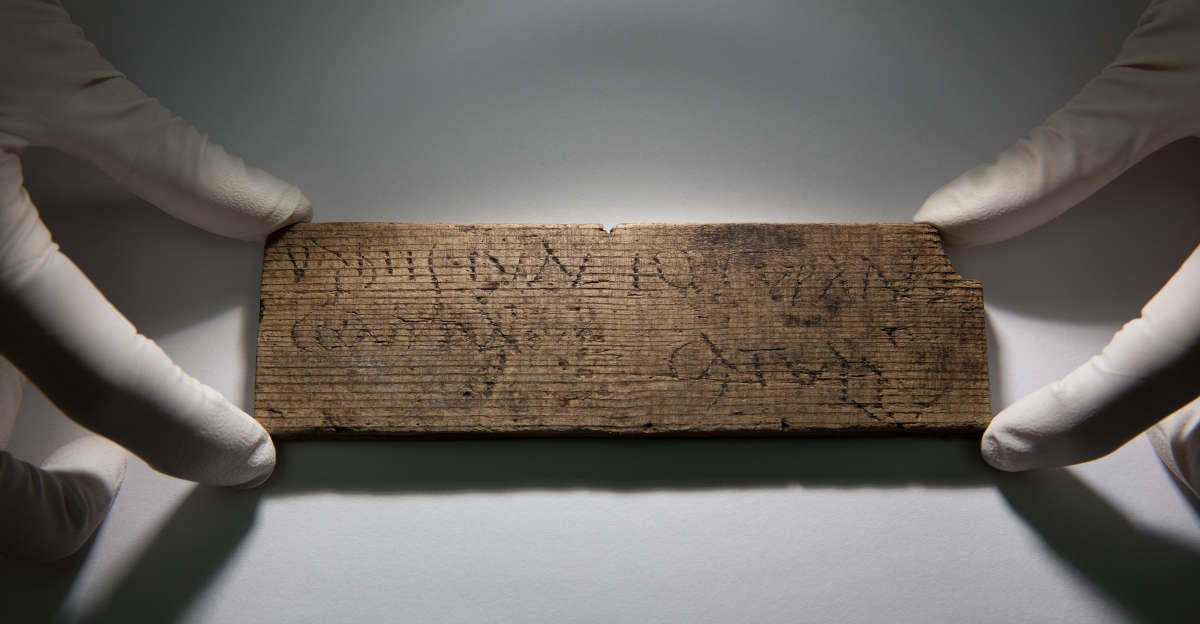London - Capital of the UK
The Museum of Archeology of Great Britain has received a priceless treasure - part of a small tablet made of wax, where the capital of Britain is mentioned. According to the historians' assumption - the tablet was something like a postal address and belonged to someone from the Romans. The document was dated by scientists from 65 to 85 years AD. This is the oldest written mentioning of London. Earlier it was 117 AD, and the record, where it was written about London, was made by the famous Roman historian Tacitus.
However, this is not the only find. During the construction of a new building for the European headquarters of the Bloomberg news agency, the diggers found more than four hundred different artifacts. Let us specify that for the safety of the building, excavations were carried out near the foundation pit of the building, near the Walbrook River. This swampy terrain and high humidity caused an excellent preservation of organic matter.

The basis of the tablet is a plate from a wooden barrel, where wine was once stored. The barrels were covered with a very thin layer of dark wax. The text was written with a stylus - a bone or metal rod. It was very convenient, after reading, the text could easily be erased, and then something else could be written. The wax on the plate was not preserved, but fortunately, some "graphomaniacs" scraped hard to the plaque, which preserved a unique artifact, where you can distinguish words and even a few short lines.
Before this find only 19 historical plates from London were known to scientists. The excavations have greatly expanded the collection. About ninety texts were deciphered: these are legal and trade records. An ancient document dating 57 AD was found - a trade agreement between two galls.

It became known that in 61 AD. Londinium was destroyed by tribes under the leadership of Boudicca. The scientists assumed that the city was restored in the shortest time, but there was no documentary evidence. Among the documents found, an agreement was discovered on the supply of twenty batches of products from Verulamium. From the contract it became clear that a year later, the city conducted a lively trade.
According to the director of the museum, Sophie Jackson, scientist’s hopes for the excavations were high. After all, once here was the center of the Roman city. However, the actual discoveries exceeded all expectations.






